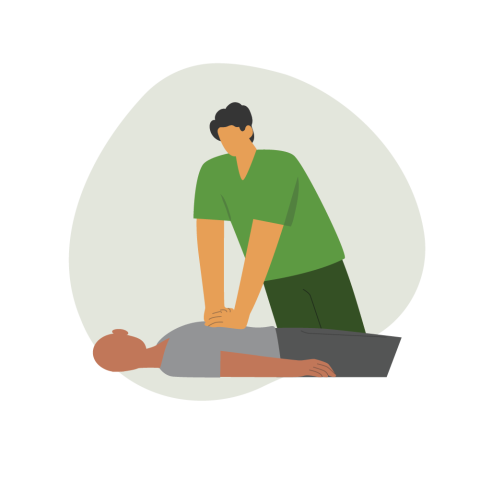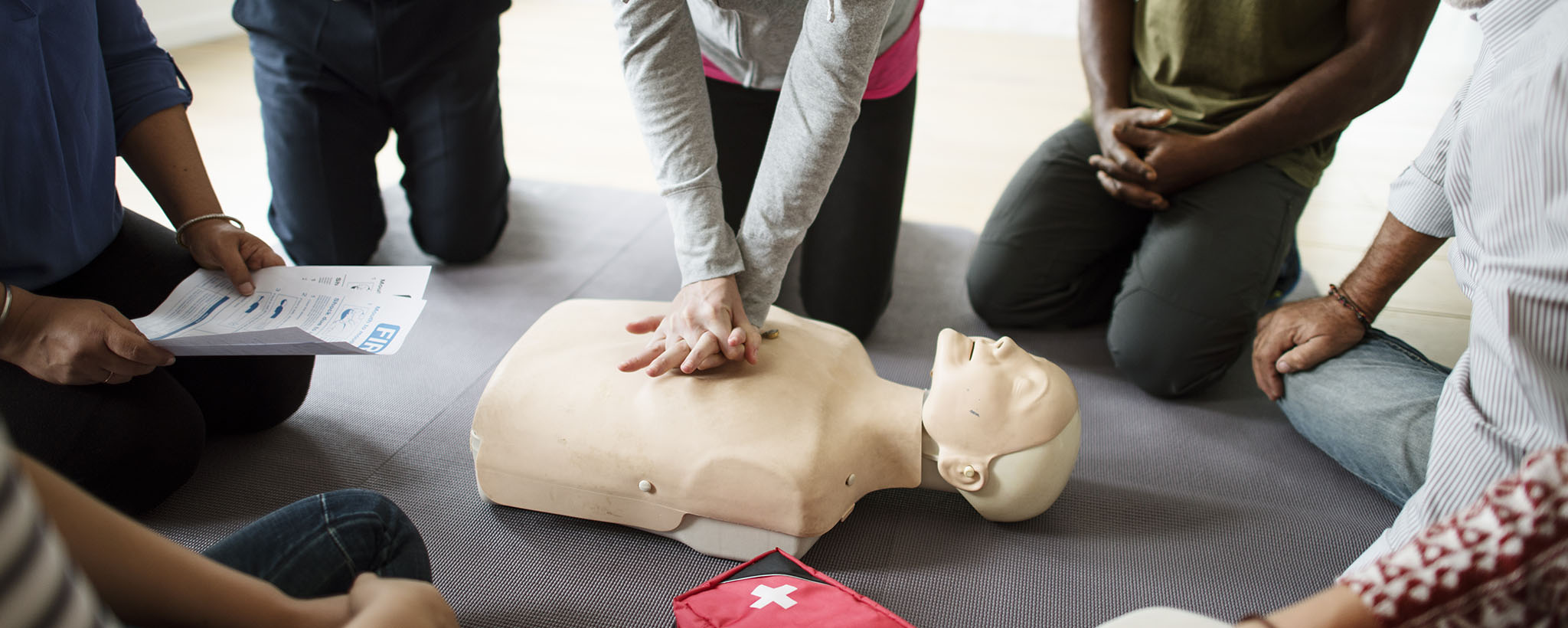Preparedness Starts at Home
Ready.gov has resources to help keep you safe from disasters like hurricanes, floods and other natural and man-made hazards. But are you prepared for everyday injuries that can happen at home?
Every year, millions of people seek medical attention after they’re injured at home, so it’s important to know what to do to keep yourself and your loved ones safe.
Here are some common causes of injuries in the home:
Taking the first steps
When an injury happens at home, it’s important to know what to do and have items on hand to help you understand how to react to injuries, stay safe, prevent further injury, and control pain in the injured individual.
Learn first aid:

Minor and life-threatening emergencies can happen fast, and emergency responders aren’t always nearby. You may be able to save a life by taking simple actions immediately. Take the free FEMA You Are the Help Until Help Arrives, a web-based training to learn how you can provide first care to potentially save a life.
First aid is a skill, so it’s important to be properly trained in the techniques used to prevent further injury, relieve pain and maybe even save a life. Beyond knowing how to perform basic first aid, skills like Cardiopulmonary Resuscitation (CPR), automated external defibrillator (AED), and how to administer Naloxone are important.
You can take a first aid class through organizations like the American Red Cross, local government groups, or places like the YMCA. Some programs are more expensive than others, so make sure you read course information carefully.
Build a first aid kit

In addition to your disaster supplies kit, having a well-stocked first aid kit on hand can help you manage minor injuries or help keep an injured person safe until they can get professional medical help.
The American Red Cross suggests that a first-aid kit for a family of four include the following items:
- A first-aid guide
- Two 5 x 9 inches absorbent compress dressings
- 25 assorted size adhesive bandages
- A 10 yards x 1 inch roll of adhesive cloth tape
- Five antibiotic ointment packets
- Five individual antiseptic wipe packets
- Two packets of 81 milligram aspirin
- An emergency blanket
- A breathing barrier with a one-way valve
- An instant cold compress
- Two pairs of large sized nonlatex gloves
- Two hydrocortisone ointment packets
- One 3-inch gauze roll (roller) bandage
- A 4-inch-wide roller bandage
- Five 3 x 3-inch sterile gauze pads
- Five 4 by 4-inch sterile gauze pads
- A thermometer (non-mercury/non-glass)
- Two triangular bandages
- Tweezers
Talk to your doctor or pharmacist about other items to keep on hand, including Naloxone.
You should customize your kit to fit your family’s needs. You or a family member might have severe allergies and require antihistamines or an epinephrine injector. If you or a family member is living with diabetes, include a juice box, glucose tablets and gels, and an emergency glucagon injection kit. Chewable, baby aspirin might help someone who has coronary artery disease, provided the person is not allergic to aspirin.


